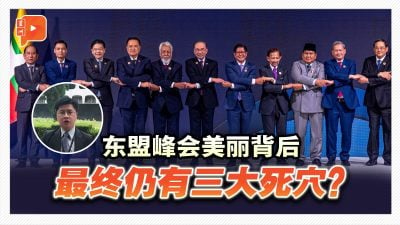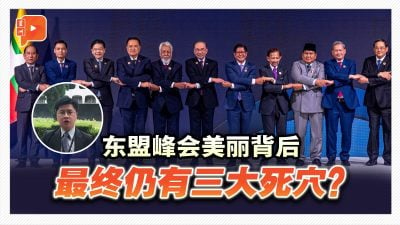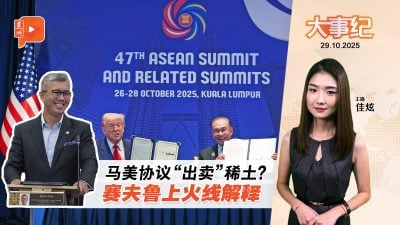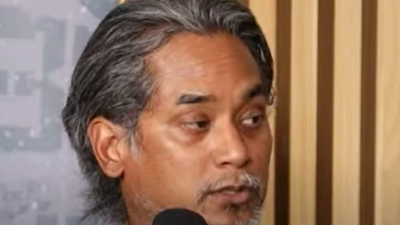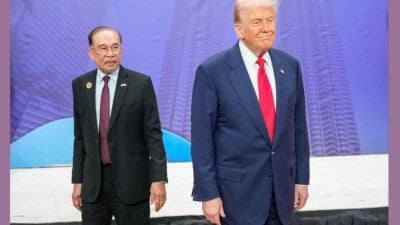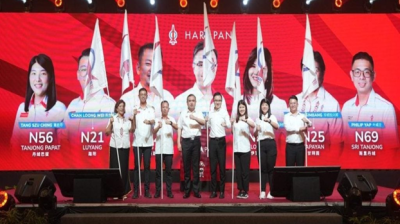
Despite decades of internal unrest, generational divides, and growing public frustration with its clerical regime, Iran stands as a nation whose collective nationalism intensifies under foreign assault.
This is not simply an allegiance to Supreme Leader Ayatollah Ali Khamenei or the Islamic Republic. Rather, it is a nationalism born of civilizational pride and a long memory of betrayal—one that no foreign-imposed regime change can easily erode.
Many outside observers often misread Iranian society. They see protests over women’s rights, resistance to religious policing, or critiques of economic mismanagement, and assume that Iran is on the brink of collapse.
But this assumption ignores the deeper psychology of the Iranian people—who, even in dissent, will fiercely oppose any external attempt to reshape their country’s destiny.
If anything, foreign aggression has consistently united Iranians, even those deeply disillusioned with the ruling elite.
The theocracy is disputed, but foreign intervention is rejected
Since the 1990s, Iranian cities have seen waves of protests calling for reform, often led by students, women, and members of the middle class.
These were not mere flashes of dissent—they represented real demands for change.
The 2009 Green Movement and the Mahsa Amini uprising of 2022 made it clear that many Iranians desire a system less bound by theological strictures.
But internal opposition should not be mistaken for openness to foreign intervention.
Time and again, when Iran is attacked—whether by targeted assassinations, cyber warfare, sanctions, or direct bombings like those launched by the US and Israel on June 22, 2025—Iranian society coalesces around its national identity.
This unity is not about support for clerical rule. It is about the rejection of subjugation and a refusal to be reduced to a geopolitical pawn.
Iran’s Civilizational memory: Exploited and undermined
To understand Iran’s fierce nationalism, one must understand its collective historical memory—marked by violations from foreign powers who claimed to be partners, only to plunder its resources and undermine its sovereignty.
One of the most notorious examples was the British exploitation of Iranian oil.
Under the Anglo-Iranian Oil Company (AIOC), Britain extracted vast profits from Iranian petroleum, taking 84 percent of the revenue while returning only 16 percent to Iran.
There was no transparency, no auditing, and no accountability.
Iran’s wealth was siphoned off to fund British industry and empire while ordinary Iranians remained impoverished.
The nationalization of Iranian oil in 1951 by Prime Minister Mohammad Mossadegh was not just an economic act—it was a profound assertion of sovereignty.
Mossadegh became a national hero, but his democratic mandate was crushed in 1953, when the CIA and MI6 staged Operation Ajax, toppling him and reinstating the monarchy under Mohammad Reza Shah Pahlavi.
This American-British coup remains seared into the Iranian psyche. It confirmed what many Iranians already feared: that democracy would be tolerated only if it served Western interests.
The Shah, once viewed as a modernizer, quickly came to be seen as a puppet of London, Washington, and Tel Aviv—especially after forging close military ties with the US and recognizing Israel.
Russia’s opportunism and the strategic exploitation of Iran
Russia, too, has a long record of carving up Iranian territory and sovereignty.
The Treaties of Gulistan (1813) and Turkmenchay (1828) forced Iran to cede vast areas in the Caucasus.
Even in the 20th century, Russia repeatedly violated Iran’s neutrality.
During World War II, the Soviet Union and the United Kingdom invaded Iran, using it as a vital corridor to supply the Red Army.
Indeed, by the Allied reckoning, one-third of British transport southwest of the USSR passed through Iran, but the country received little gratitude or assistance. Instead, it was occupied, destabilized, and marginalized.
These incursions—by imperial Britain, expansionist Russia, and interventionist America—formed a national narrative of betrayal.
It is this historical context that explains why even secular or reform-minded Iranians bristle at any talk of externally imposed regime change.
Fighting spirit rooted in resistance and culture
Iran’s nationalism is not built on propaganda alone. It draws from a rich civilizational heritage.
Iranians identify not just with the Islamic Republic, but with 2,500 years of Persian civilization—from the Achaemenid Empire to poets like Ferdowsi and Hafez. They take pride in their distinct language, literature, and traditions.
This cultural pride is matched by a deep theology of resistance rooted in Shiism.
The story of Karbala, where Imam Hussein was martyred rather than capitulate to tyranny, has become the spiritual bedrock of Iranian resistance.
It is not simply remembered—it is reenacted annually in Ashura processions and embedded in public consciousness as the moral imperative to defy oppression, even at great cost.
This same ethos inspired the eight-year war against Iraq from 1980 to 1988, when Iran—with its fledgling post-revolution army—held off a Western-backed invasion by Saddam Hussein.
That war, far from breaking Iran, became a crucible in which the Islamic Republic consolidated legitimacy across factions.
Foreign pressure strengthens, not weakens, Iran’s core
It is for this reason that every bomb dropped on Fordow, Natanz, or Isfahan strengthens, rather than weakens, the resolve of Iranians. Six were dropped on Fordow alone but within moments Iranians were sending missiles into Israel.
The more Iran is cornered, the more defiant it becomes. From asymmetric warfare to sophisticated missile technology, from cyber defense to regional proxy alliances, Iran does not stand passively. It adapts.
The assumption that sanctions or airstrikes will provoke an uprising is not only flawed—it has been consistently disproven.
The Islamic Revolutionary Guard Corps (IRGC) draws from nationalist as much as religious sentiment. Their ranks are not filled solely with clerical loyalists, but with individuals who see themselves as the last line of defense for Iran’s sovereignty.
The impossibility of imposed regime change
Unlike Iraq, Libya, or Afghanistan, Iran is not a synthetic state constructed by colonial cartographers. It is an ancient civilization with continuity, pride, and an acute awareness of its own history.
Even critics of the regime—from students to scholars—will not support foreign intervention. They want reform, not recolonization.
Washington and Tel Aviv miscalculate if they believe Iranian nationalism is tied to loyalty toward Khamenei or the clerical elite. It is tied instead to a memory of wounds—political, economic, and territorial—inflicted by outsiders.
That memory binds Iranians to one another more powerfully than any state propaganda could.
Iran’s nationalism may be fractured in times of peace. But in times of war or external assault, it is inexhaustible—and any foreign power that underestimates this risks not only failure but exhaustion in return.
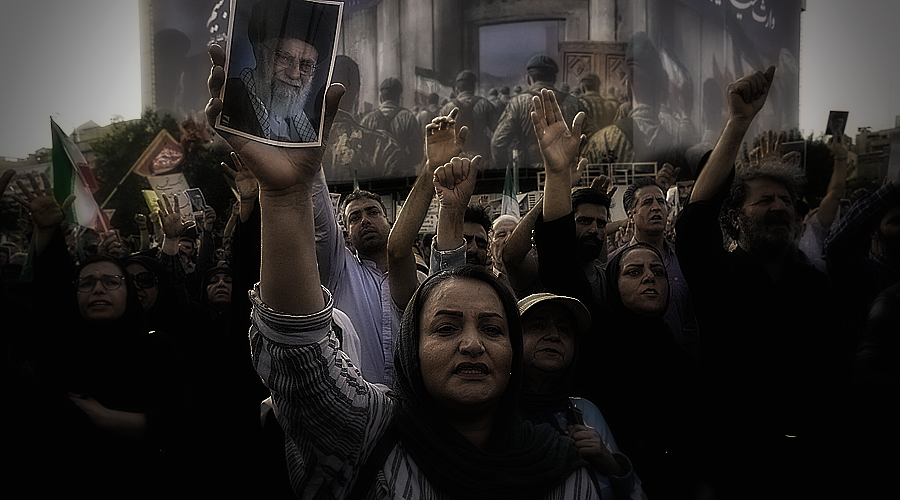
(Dr Phar Kim Beng is Professor of ASEAN Studies, International Islamic University Malaysia, and Cambridge Commonwealth Scholar.)
ADVERTISEMENT
ADVERTISEMENT








